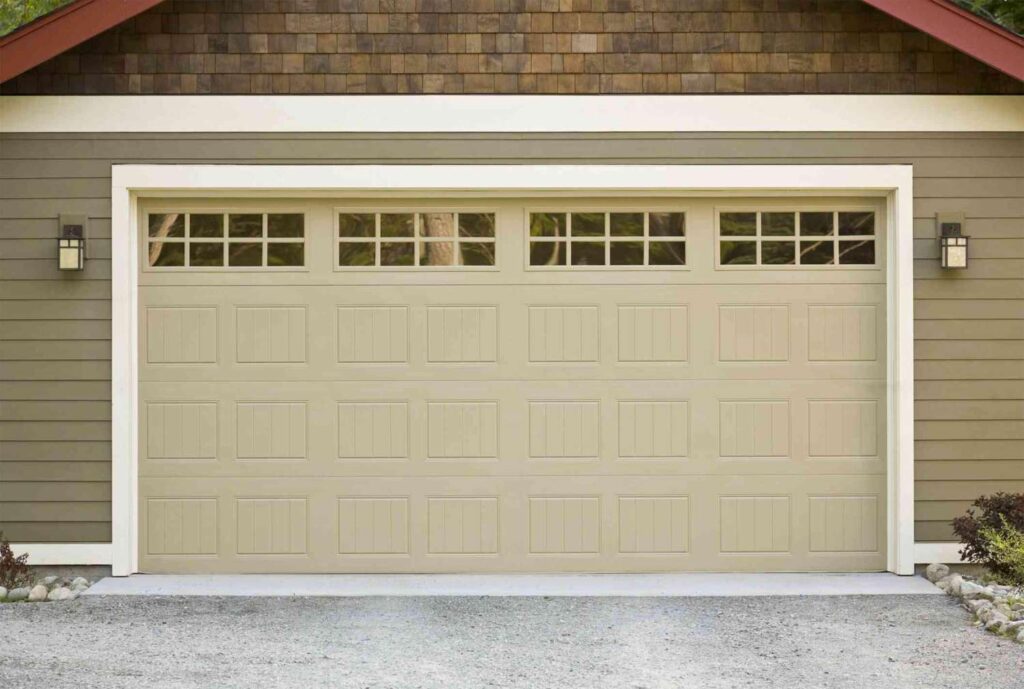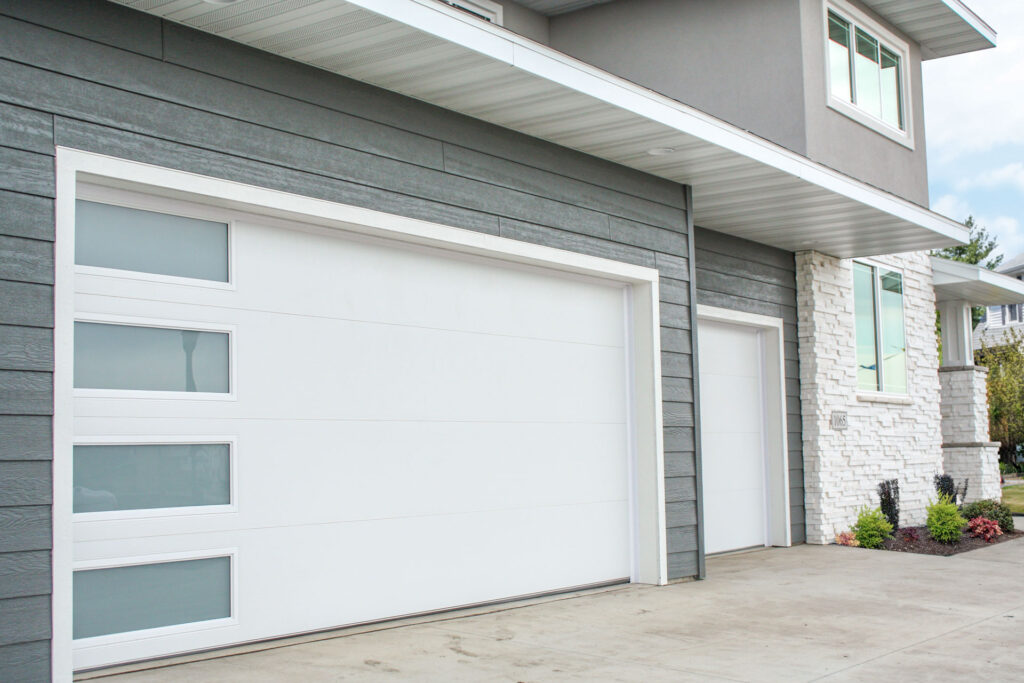As a homeowner who recently tackled the task of installing and repairing my garage door opener wiring, I understand the importance of having a functional and properly wired garage door opener system. The wiring of a garage door opener is a critical component that ensures the smooth and reliable operation of the opener and the safety of your garage.

In this comprehensive guide from Garage Door Repair Oklahoma City OK, I’ll share my experiences and insights into garage door opener wiring, covering everything from installation basics to troubleshooting common issues.
Understanding Garage Door Opener Wiring Basics
Before diving into the installation and repair process, it’s essential to understand the basics of garage door opener wiring. A typical garage door opener system consists of several key components, including:
- Power Source: The garage door opener is typically powered by a standard electrical outlet located near the ceiling of the garage. The power cord of the opener is plugged into this outlet to provide electricity.
- Motor Unit: The motor unit is the main component of the garage door opener system, responsible for opening and closing the garage door. It contains the motor, drive mechanism, and control circuitry.
- Wall Console: The wall console is a control panel mounted on the wall inside the garage, allowing homeowners to operate the garage door opener manually and access additional features such as lighting controls and lock buttons.
- Remote Control: Remote controls are handheld devices that allow homeowners to operate the garage door opener from a distance, typically from inside their vehicle. Remote controls communicate with the motor unit via radio signals.
- Safety Sensors: Safety sensors are installed near the bottom of the garage door tracks and emit an invisible beam of light. If anything interrupts the beam while the door is closing, the sensors trigger the door to stop and reverse direction.
Installation of Garage Door Opener Wiring
Installing garage door opener wiring requires careful attention to detail and adherence to safety guidelines. Here’s a step-by-step guide to installing garage door opener wiring:
- Prepare the Area: Before beginning the installation process, clear the area around the garage door opener motor unit and ensure that there is ample workspace.
- Mount the Motor Unit: Securely mount the motor unit to the ceiling of the garage using the provided mounting brackets and hardware. Ensure that the motor unit is level and securely attached to prevent vibrations during operation.
- Connect the Power Cord: Plug the power cord of the garage door opener into a standard electrical outlet located near the ceiling of the garage. Avoid using extension cords or power strips, as they may pose safety hazards.
- Install the Wall Console: Mount the wall console on the wall inside the garage at a convenient height for easy access. Use the provided screws and anchors to secure the console in place, and route the wires through the wall as needed.
- Program Remote Controls: Follow the manufacturer’s instructions to program the remote controls that came with your garage door opener. This typically involves pressing a series of buttons on the remote and the motor unit to establish a connection.
- Install Safety Sensors: Position the safety sensors on each side of the garage door opening, approximately six inches above the ground. Use the provided mounting brackets and hardware to secure the sensors in place, and ensure that they are aligned properly.
- Connect Wiring: Connect the wiring from the motor unit to the wall console and safety sensors according to the manufacturer’s instructions. Use wire connectors to secure the connections and prevent them from coming loose.
- Test Operation: Test the operation of the garage door opener to ensure that it opens and closes smoothly and without any issues. Activate the opener using both the wall console and remote controls, and verify that the safety sensors are functioning correctly.
Common Garage Door Opener Wiring Repairs
Over time, garage door opener wiring may experience wear and tear or become damaged due to various factors. Here are some common wiring repairs and troubleshooting tips:
- Broken Wires: If wires become frayed or broken, they may need to be replaced. Use wire strippers to trim the damaged portion of the wire and strip the insulation, then reconnect the wires using wire connectors.
- Loose Connections: Check for loose or corroded connections between the motor unit, wall console, and safety sensors. Tighten any loose connections using a screwdriver, and clean corrosion from the terminals using a wire brush.
- Faulty Wall Console: If the wall console is not functioning correctly, check the wiring connections and ensure that power is reaching the console. If necessary, replace the wall console with a new one from the manufacturer.
- Sensor Alignment: If the garage door fails to close properly and the sensor lights are blinking, check the alignment of the safety sensors. Adjust the sensors so that they are facing each other and the indicator lights are solid.
- Remote Control Issues: If the remote controls are not working, check the batteries and ensure that they are installed correctly. If the problem persists, reprogram the remote controls according to the manufacturer’s instructions.
- Motor Unit Malfunction: If the motor unit fails to respond to commands or makes unusual noises, it may indicate a malfunction. Check for obstructions in the door tracks and verify that the motor unit is receiving power.
Safety Considerations
When working with garage door opener wiring, it’s essential to prioritize safety to prevent accidents and injuries. Here are some safety considerations to keep in mind:
- Turn Off Power: Before working on the garage door opener wiring, disconnect power to the motor unit by unplugging it from the electrical outlet or turning off the circuit breaker.
- Use Proper Tools: Use insulated tools and equipment when working with electrical wiring to prevent electric shocks or short circuits.
- Follow Manufacturer’s Instructions: Always follow the manufacturer’s instructions and guidelines when installing or repairing garage door opener wiring to ensure proper operation and safety.
- Seek Professional Help: If you’re unsure about how to install or repair garage door opener wiring, seek assistance from a qualified garage door technician or electrician.
Conclusion: Ensure Smooth Operation with Proper Wiring
In conclusion, according to Garage Door Repair Oklahoma City OK, proper installation and maintenance of garage door opener wiring are essential for ensuring smooth and reliable operation of your garage door system. By following the steps outlined in this guide and addressing common wiring issues promptly, homeowners can enjoy the convenience and security of a properly functioning garage door opener. Remember to prioritize safety and consult a professional if you encounter any difficulties or concerns during the installation or repair process. With proper wiring and regular maintenance, your garage door opener will provide years of trouble-free operation, enhancing the functionality and value of your home.
CCM Overhead Doors
1000 NW 80th St, Oklahoma City, OK 73114, United States
405-563-8982









